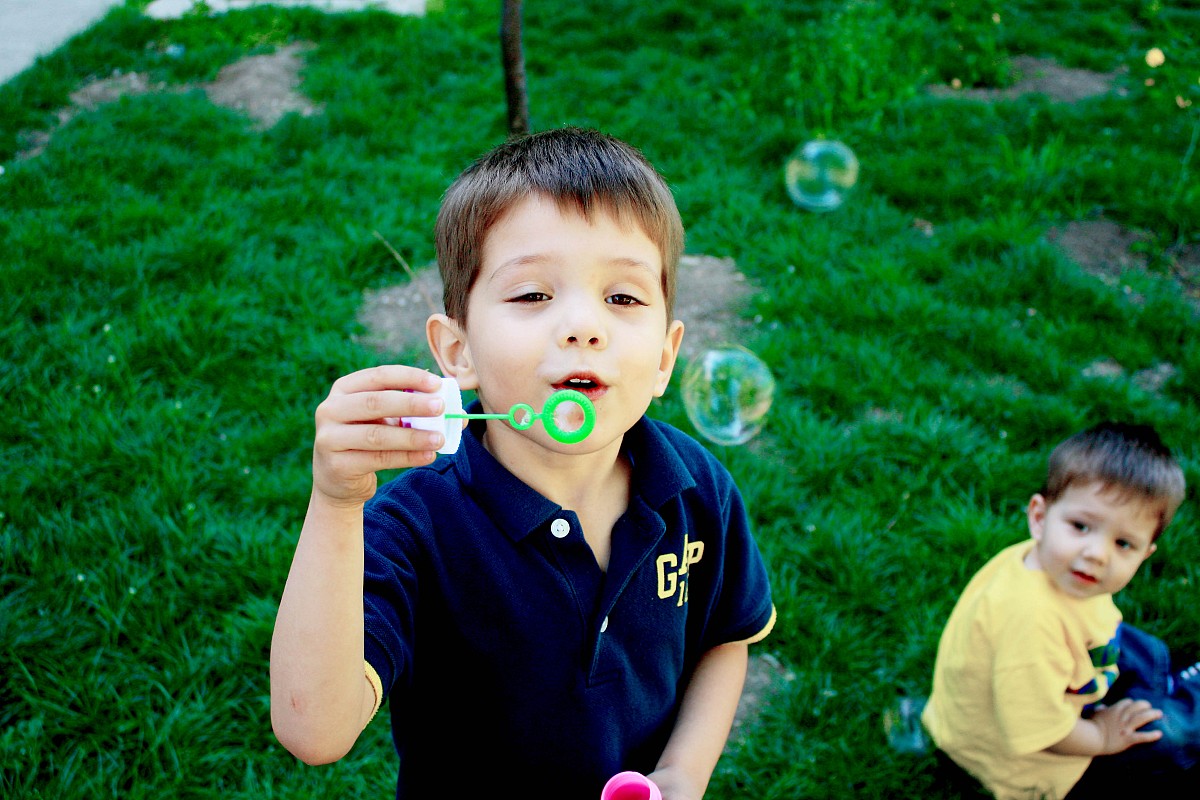Can a House Calm a Hyperactive Kid?
 “The first thing your home needs if you have a hyperactive child is to be as free of clutter and chaos as possible,” says Dr. Sharon Saline PsyD. Saline has a practice in Northampton, MA and has been a school consultant regarding children with hyperactivity disorders. “To help these children you need to create a calm, consistent, clean space.”
“The first thing your home needs if you have a hyperactive child is to be as free of clutter and chaos as possible,” says Dr. Sharon Saline PsyD. Saline has a practice in Northampton, MA and has been a school consultant regarding children with hyperactivity disorders. “To help these children you need to create a calm, consistent, clean space.”
Here's how you can help your hyperactive child stay calmer at home.
What are the specific challenges of a hyperactive child?
A child with a hyperactivity disorder generally takes longer to develop organizational skills, as well as the ability to focus and put activities and objects in a sequence. Saline explains that these skills are developed in our frontal lobes, are referred to as “executive function,” and are not fully developed until approximately age 25.
Everything in its place…
According to Saline, one of the most essential ways a parent can help their hyperactive child is setting up labeled bins and boxes where specific items are to be placed. “For example, if you have a cubby for hats and gloves, you can say ‘put your hat and gloves in their box’, as opposed to ‘put your hat and gloves away,’” suggests Saline, adding that these storage bins should be relatively easy to access. “You don’t want them behind a stack of old newspapers for instance.”
Another example, especially for a younger child, is to allow no more than a certain number of toys to be placed outside their storage space. “The child doesn’t need to have seventy-five toys out. Pick a few and rotate them.”
Saline stresses the importance of collaboration your child. She tells the story of one youngster who had difficulty keeping her clothes in drawers because “she couldn’t see them.” The solution worked out between parent and child was to find a carpenter to build a custom kid-height shelving unit in the room, where clothing could be neatly stacked – within sight.
Chart activities
Saline suggests working with your daughter or son to map out an organizational flow of the day, using a dry erase board, chalkboard, or paper chart (easily seen as soon as the child enters the home). “When your child comes home from school, for example, you have a list they can read that provides the sequence they should follow.”
Saline points out that the average person doesn't have to think through actions like taking off their coat, placing it where it belongs, putting their lunchbox on the counter, getting a snack, and cleaning up. “Hyperactive children tend to be very visual, even when they have difficulty reading. If your child can’t read yet, use pictures.”
The chart can be set up for a number of routines, such as preparation for bed. Another example is a “beginning of the day” chart that can be posted in the child’s room. “It’s a ‘do this first, do this second’ chart. That way you avoid the crisis that ensues when you are late for school,” Saline elaborates
She suggests giving children markers or chalk to check off each activity as they work through the sequence.
In Saline's view, kids with hyperactivity disorders tend to be very anxious because they are always afraid of doing something wrong. Having visual cues helps your child to feel calmer, as well as learning to be more organized.
Limit the use of electronics in the home
“Electronic devices (especially for the hyperactive child) are a diversion, not a purpose,” clarifies Saline. Saline cautions that electronics tend to mesmerize hyperactive kids, putting them out of touch with their surroundings. “Hyperactive children need to have a variety of physical and creative processes. They need to have all five senses stimulated.”
In particular, Saline warns away from allowing the child to play violent electronic games: “If a child has impulse-control challenges, violent games won’t help them develop appropriate behaviors in social settings.”
Saline recommends not trying to do too many things at once. Rather, work on one challenge at a time, such as always putting belongings in the bin that’s intended for them. “Pick one thing, get success in that area, then try something else” is her formula for success.
Updated December 5, 2018.
Looking for a Pro? Call us (866) 441-6648

Remodeling Average Costs
Remodeling Contractors Experiences

Successful Removal Of A Very Large Tree

Look To Your Electrician For Advice On The Best Lighting System



